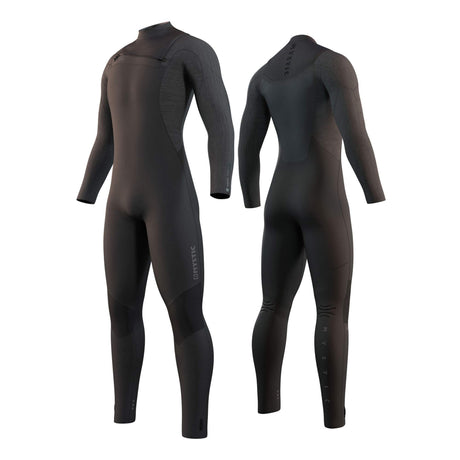If you are a kitesurfing enthusiast, you know that choosing the right kite is crucial to fully enjoy this exciting water activity. Here we provide you with a detailed guide to help you select the perfect kite that suits your needs and skills.
Check the Weather Reports:
Before you dive into choosing a kite, it's essential to check the weather reports to get an idea of the wind that awaits you. Although predictions can vary, they provide you with a general overview of the type of kite you will need. Additionally, they allow you to anticipate whether the wind will increase or decrease during your kitesurfing session, which influences the choice of the most suitable size and type of kite.

Consider the Water Conditions:
Another factor to consider is the condition of the water at the spot where you plan to sail. Make sure the wind comes from a safe direction, preferably onshore or side shore, to avoid being pulled out to sea. Also, observe the consistency of the wind, as the behavior of your kite will vary according to this factor. In gusty waters, bow or delta kites tend to be more effective, while in more consistent winds, C kites can be a suitable option.

Dependence on the Kite Measurements:
The size of your kitesurf kite should match your weight and the prevailing wind in the area where you will practice. For example, if you weigh around 70 kilos and the wind is between 14 knots, a 12-meter kite may be ideal. However, if the wind increases to 20 knots, it is advisable to opt for a smaller kite, approximately 8 meters. It is important to find a balance, as a kite that is too large can be difficult to control, while one that is too small can hinder takeoff and maintaining course.
Explore the Different Types of Kites:
The kitesurfing kites are classified into several types, each with its own characteristics and advantages:
- C type kites: They are ideal for experienced riders due to their ability to edge against the wind and their power to jump. However, their relaunch from the water can be more complicated.
- Bow or Flat type kites: These kites offer excellent depower capability, making them ideal for beginners. They are easy to relaunch and provide good control in a wide range of conditions.
- Hybrid or Delta Kites: These kites combine the best features of C and Bow types, offering excellent depower capability, control, and ease of relaunching. They are versatile and suitable for different riding styles.

Determine the Appropriate Size:
The size of your kite also depends on your weight, skill level, and wind conditions. For beginners, it is recommended to start with a medium-sized kite, around 10 or 11 meters, to ensure stability and control. It is crucial to observe the sizes that other kiters are using in the water and adjust your choice accordingly to avoid dangerous situations.
Recommended Kite Size
| Weight of the Kiter (kg) | Wind Speed (knots) | ||||||
|---|---|---|---|---|---|---|---|
| 10 - 12 | 13 - 15 | 16 - 18 | 19 - 21 | 22 - 24 | 25 - 27 | 28 - 30 | |
| 50 - 60 | 10m - 12m | 7m - 10m | 6m - 7m | 5m - 6m | 4m - 5m | 4m | 4m |
| 60 - 70 | 12m - 15m | 10m - 12m | 8m - 9m | 7m - 8m | 6m | 5m | 4m |
| 70 - 80 | 14m - 17m | 10m - 13m | 8m - 10m | 7m - 8m | 7m | 6m | 5m |
| 80 - 90 | 15m - 19m | 12m - 14m | 10m - 12m | 9m | 8m | 7m | 6m |
| 90 - 100 | 17m - 20m | 14m - 17m | 12m | 11m | 10m | 9m | 8m |
Explore Shopping Options
Finally, when you are ready to buy a kitesurf kite, consider your options carefully. New kites can be expensive, but you can also find good deals in the second-hand market. Be sure to carefully check the condition of the kite, paying attention to details such as air pressure, line wear, and the integrity of the fabric.
Dive into the World of Kitesurfing with the Right Kite!
The choice of the right kitesurf kite is essential to enjoy this exciting water sport safely and satisfactorily. With this detailed guide, you are ready to explore the world of kitesurfing and find the perfect kite that suits your needs and riding style. May the winds take you to new adventures!



